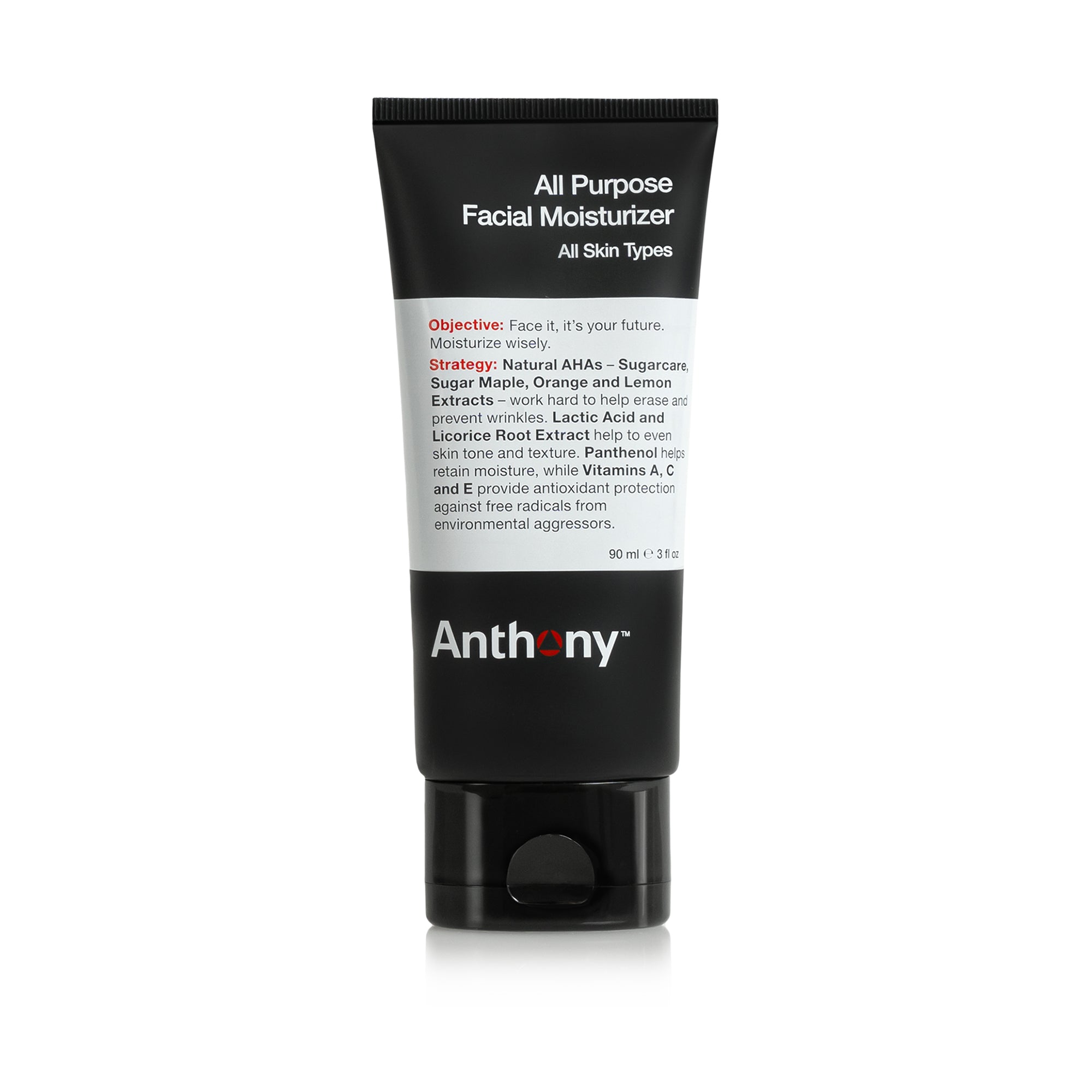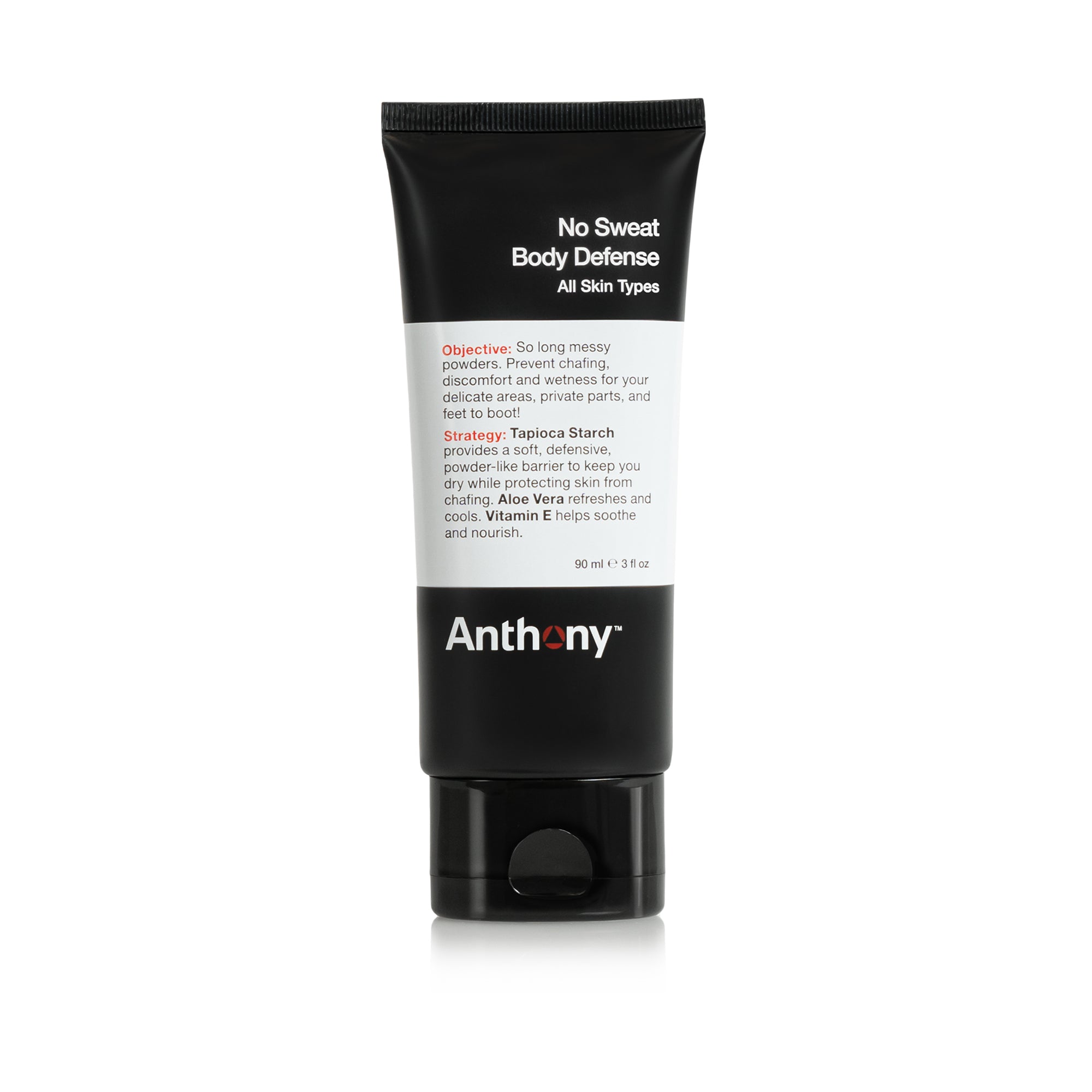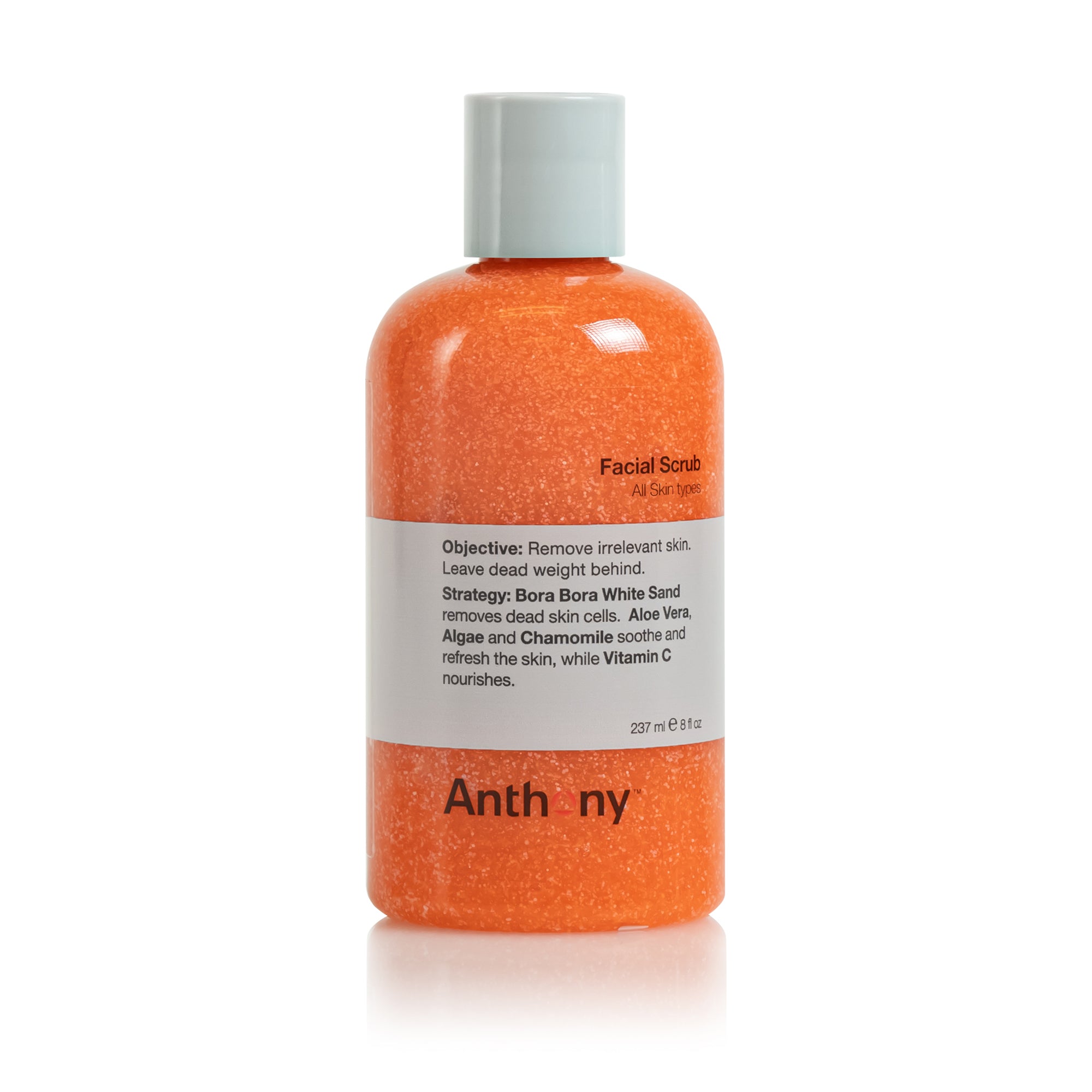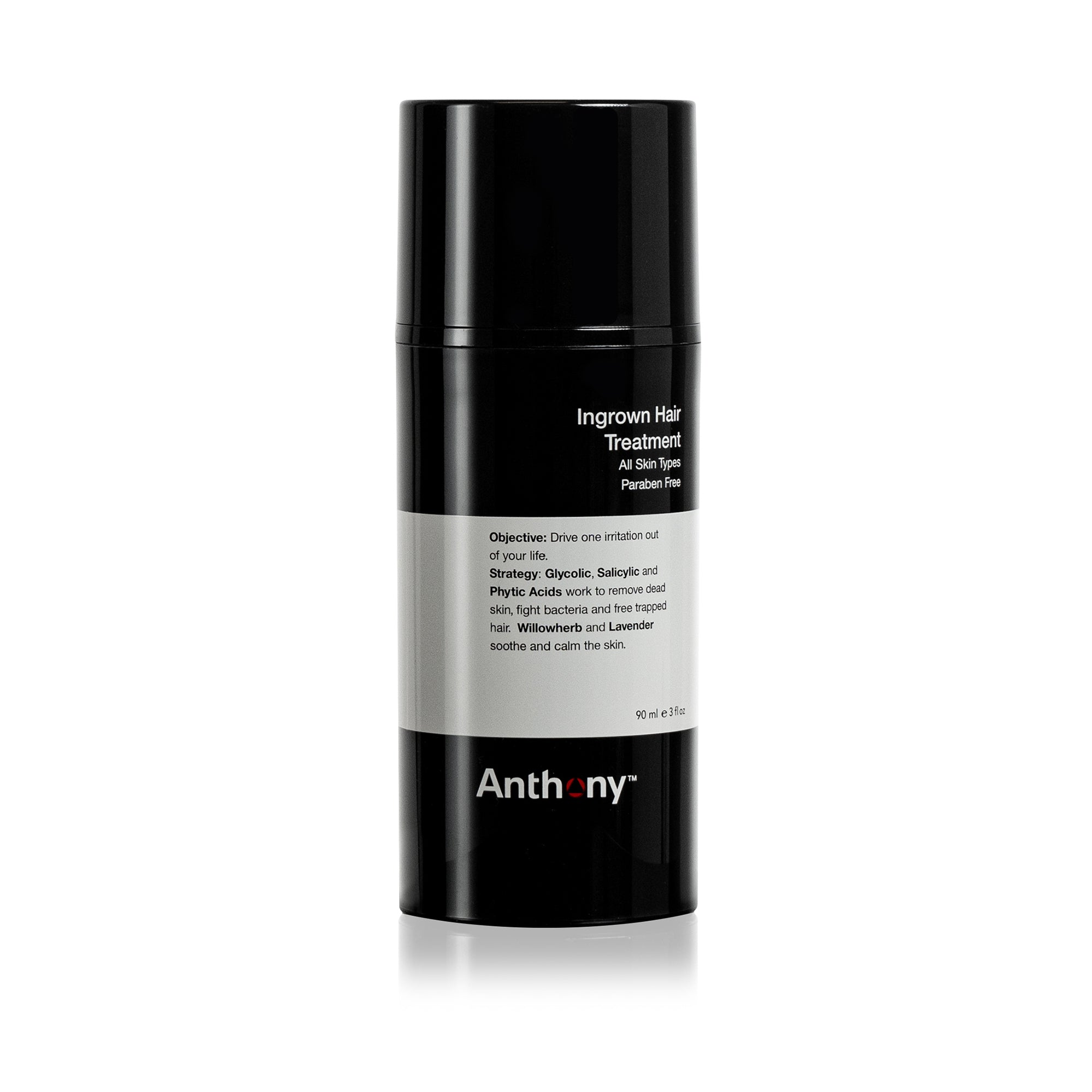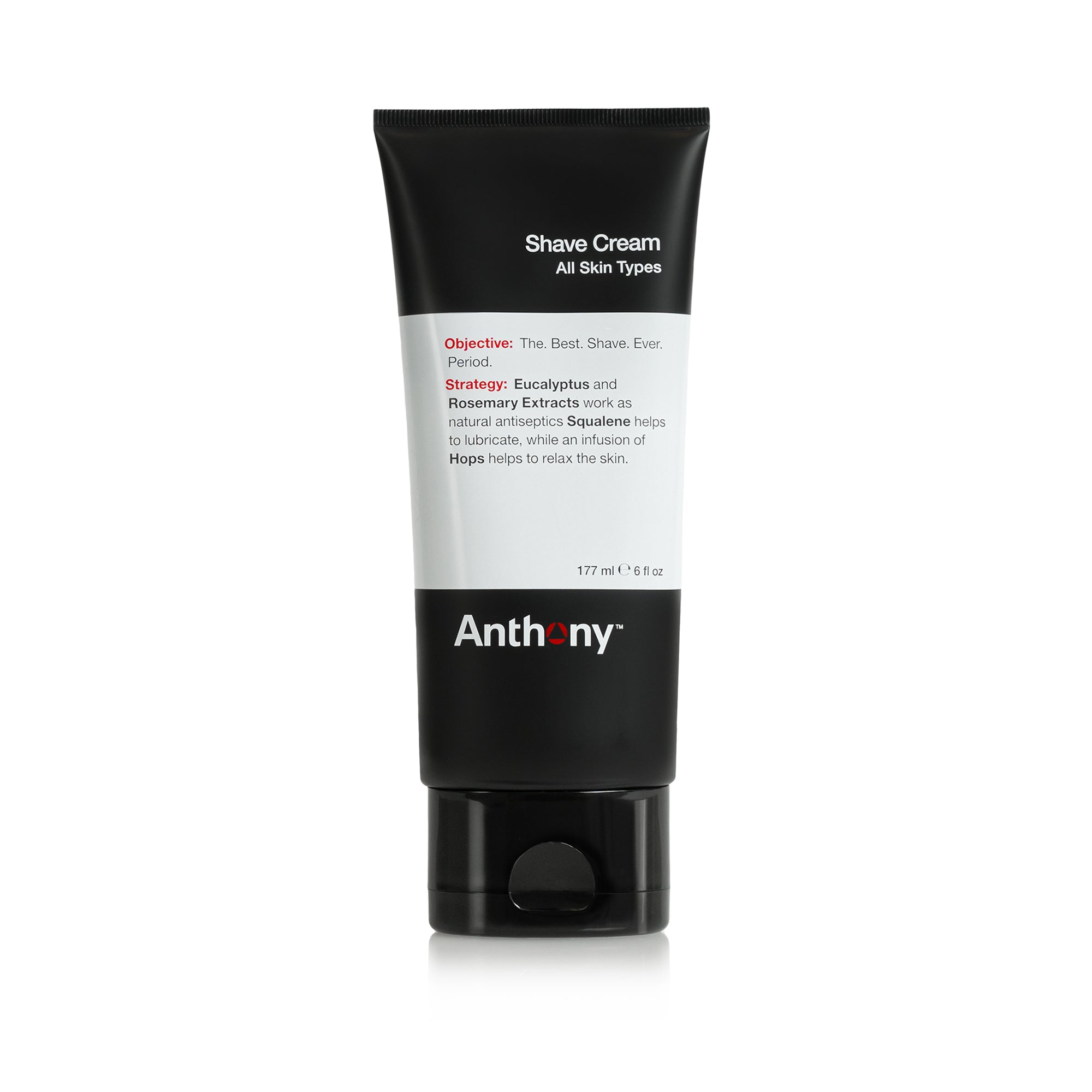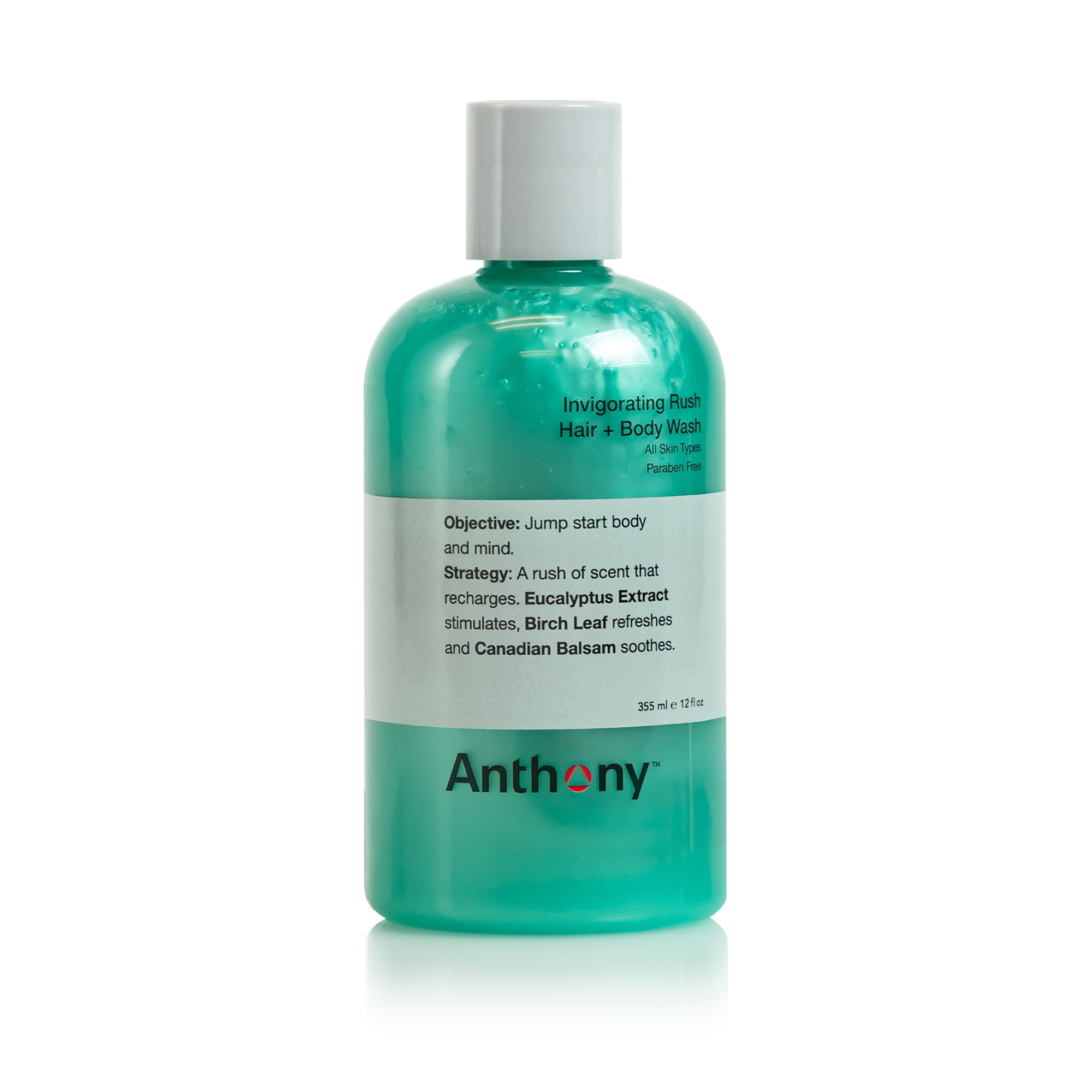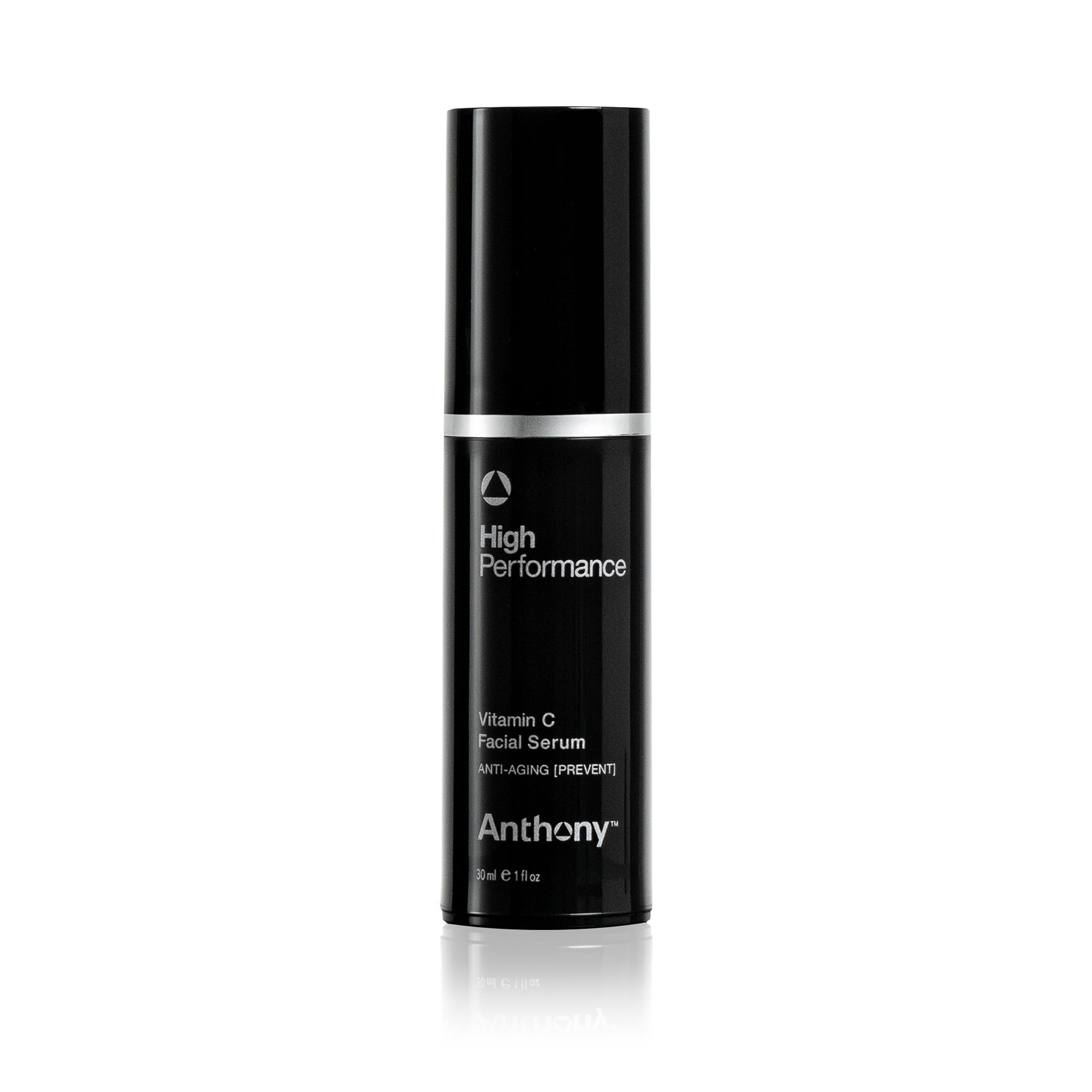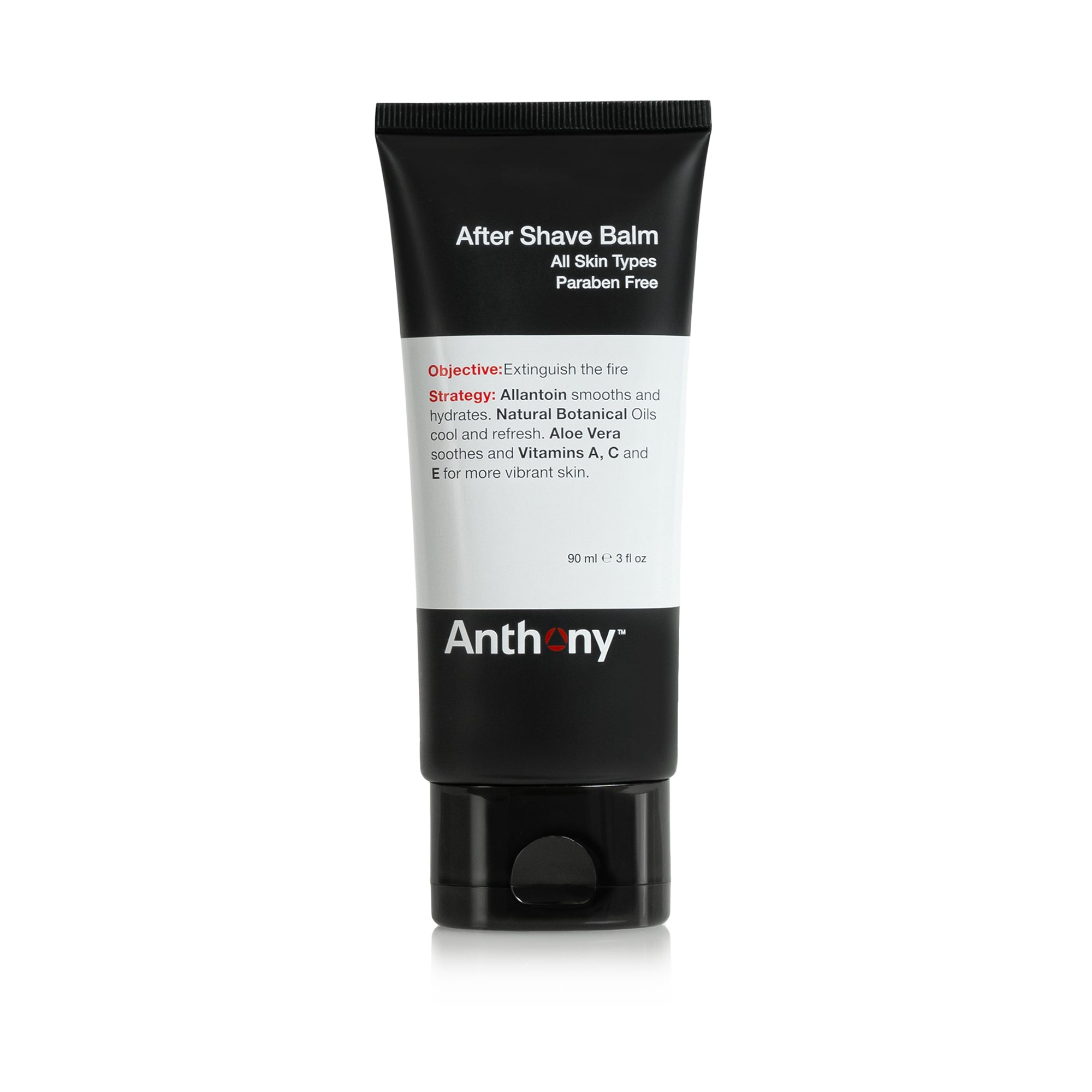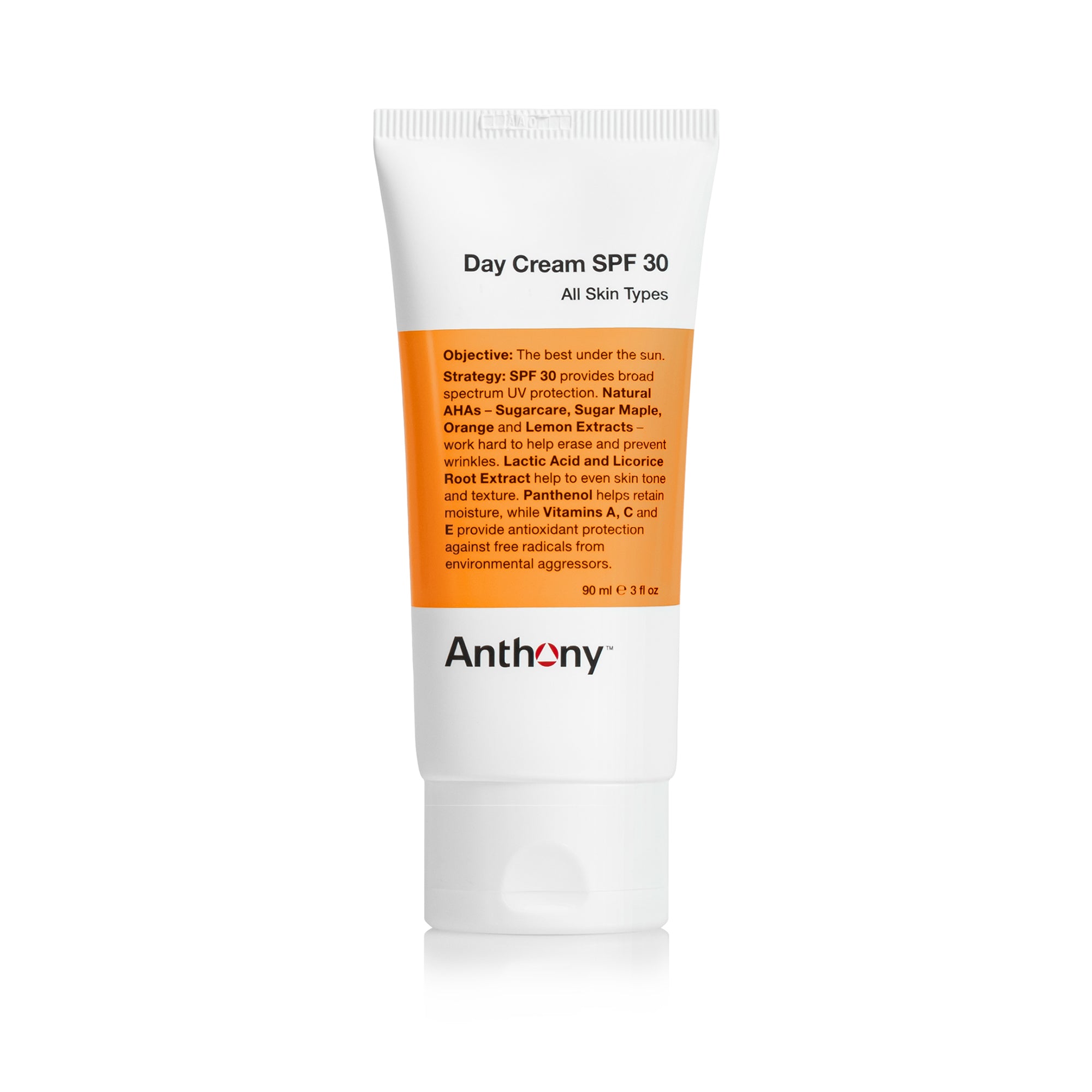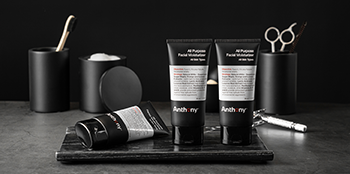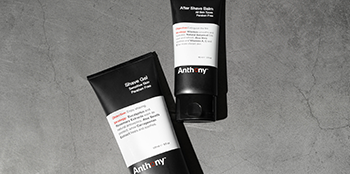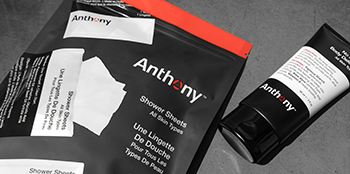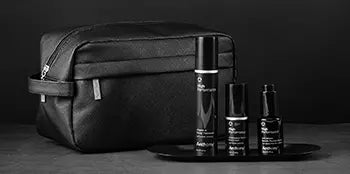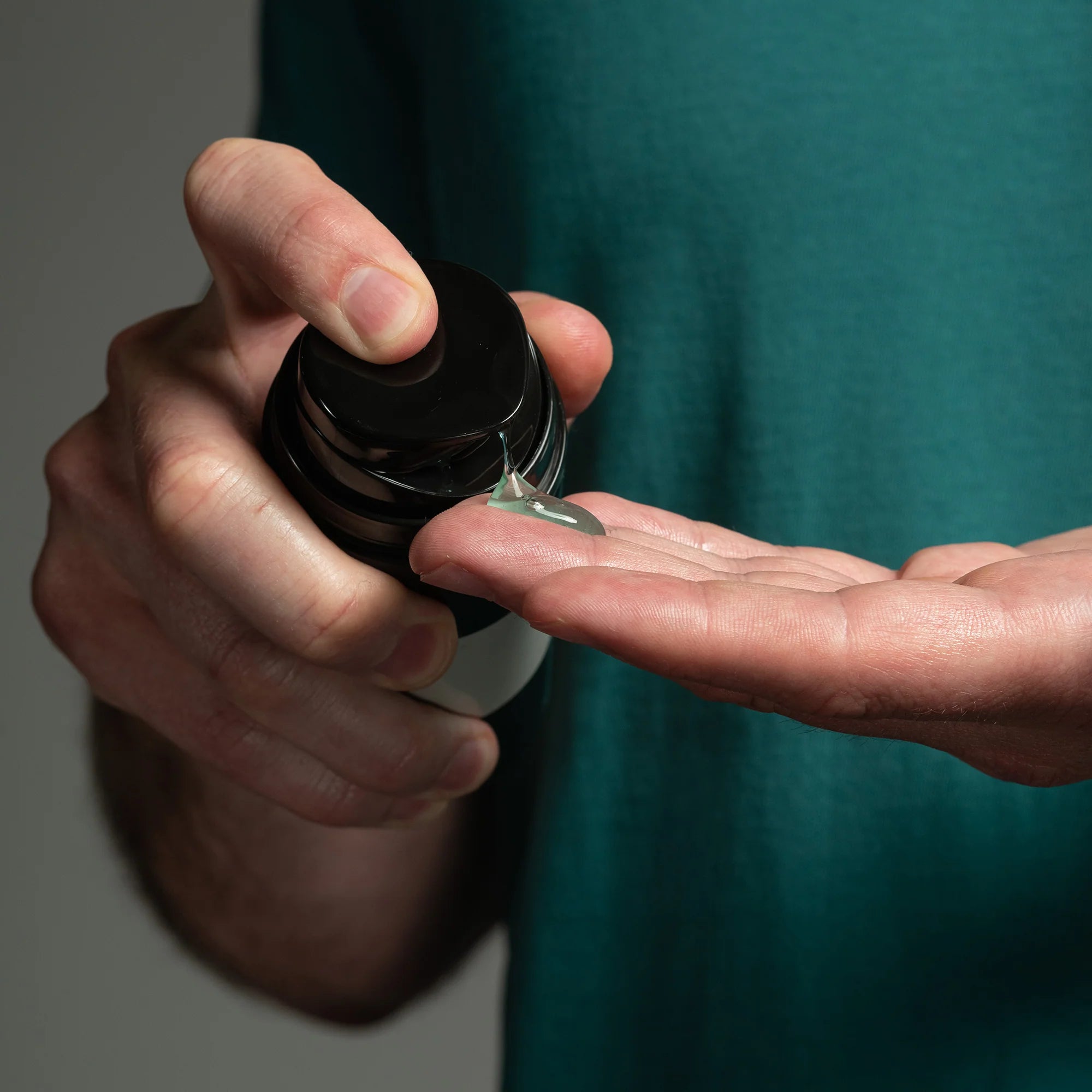
As you expand your collection of essential skincare products, you’re bound to come across new ingredients that you may have never heard of before. While glycolic acid is becoming more and more popular in a variety of skincare products, salicylic acid is a little less well-known. In spite of this disparity, both ingredients are extremely useful for the prevention and treatment of ingrown hairs.
If you’re unfamiliar with glycolic acid or salicylic, or if you’re trying to tame an ingrown hair for the first time, you probably have a ton of questions. For example, what is glycolic acid and what does it do? What about salicylic acid? How do these ingredients work together? How do they benefit your skin? Finally, what is the best way to treat ingrown hairs for men?
In today’s guide, we will answer all of these questions and more, so let’s get started!
How to Treat Ingrown Hairs
When it comes to ingrown hairs, prevention is often the best approach. While an ingrown hair may catch you by surprise, they are often avoidable — if you take the right precautions. Here are a few steps you can follow to greatly reduce the risk of an ingrown hair:
- Exfoliate Often - Exfoliating helps clear your face of dead skin cells that could catch hairs and cause them to grow back into the top of the skin. Exfoliating once per day (or at least a few times per week) can greatly reduce the risk of ingrown hairs.
- Keep Your Skin Clean - Clean skin is happy skin, and it’s also much more likely to be skin that’s free of ingrown hairs! While bacteria are more likely to cause acne breakouts, they can also create an environment that’s more hospitable for ingrown hairs. Dirt, grime, and bacteria will only make ingrown hairs occur with greater frequency and intensity. Using a quality facial cleanser is another great way to keep ingrown hairs at bay.
- Shave With Care - Improper shaving techniques are some of the most common reasons that ingrown hairs appear in the first place. If you’re shaving “against the grain” or failing to use a quality shaving cream, you’re basically asking for painful, unsightly ingrown hairs.
- Moisturize Daily - Moisturizing is a great way to keep your skin hydrated, which reduces the risk of dry, flaky, irritated skin. Much like unclean skin, dry skin can increase the chances of ingrown hairs.
- Avoid “Plucking” - If you like to pluck out hairs rather than shaving, you may want to think again. Plucking hairs often causes them to grow back curly or at different angles, increasing the risk of ingrown hairs. It also increases the risk of infection, which can exacerbate ingrown hairs.
While these are all preventative measures that can stop ingrown hairs before they start, they won’t be very helpful if you’re already dealing with one. Fortunately, if you opt for Anthony’s Ingrown Hair Treatment, you can prevent and treat your ingrown hairs at the same time! Part of the reason that our formula is so effective is that it contains both salicylic acid and glycolic acid as primary ingredients. In the sections below, we’ll look at exactly why these ingredients work so well to fight ingrown hairs.
How Salicylic Acid Helps With Ingrown Hairs
Salicylic acid is a natural compound that is frequently used to treat acne. It works as a natural exfoliant because it helps clear away dead skin cells and unclog pores. In addition to exfoliating and clearing pores, salicylic acid can help reduce ingrown hairs by:
- Calming Irritation - Salicylic acid is an anti-inflammatory compound, which ensures that it can reduce redness, pain, and irritation caused by ingrown hairs or dry skin.
- Preventing Bacterial Growth - The antimicrobial characteristics of salicylic acid help prevent bacteria from growing on the surface of the skin or under the dermis. Bacterial infections often make ingrown hairs worse and more painful, so preventing infection is a major part of minimizing the discomfort of ingrown hairs.
- Promoting Healthy Skin Renewal - Salicylic acid encourages cell turnover. Bringing new skin cells to the surface discourages ingrown hairs, as it makes it harder for hairs to get caught under old skin cells.
How Glycolic Acid Helps With Ingrown Hairs
Like salicylic acid, glycolic acid is a natural exfoliant, though it works in a different way and offers unique benefits — particularly when it comes to ingrown hairs. Here are some of the benefits of using glycolic acid to prevent and treat ingrown hairs:
- Enhanced Exfoliation - Glycolic acid has the unique ability to loosen the bonds between dead skin cells, making them easier to sweep away during the exfoliating process. Removing even more dead skin cells, even those that are still partially bonded to healthy skin cells, helps prevent the occurrence of ingrown hairs.
- Softened Skin Texture - When facial skin has been properly exfoliated, it often feels softer to the touch. This is because brand-new skin cells have been given the chance to come to the surface. While soft skin is often more desirable in general, it also makes it easier for hairs to break through the surface and grow outwards properly.
- Reduced Inflammation - Much like salicylic acid, glycolic acid has anti-inflammatory properties that can reduce inflammation that may produce ingrown hairs or come about as a result of ingrown hairs. This makes glycolic acid one of the best compounds for both preventing and treating ingrown hairs.
Combining Salicylic Acid & Glycolic Acid With Phytic Acid & Willow Herb Extract
As you can see, salicylic acid and glycolic acid are two of the best components to use for ingrown hairs. They both work to exfoliate the skin, while also making it easier to hydrate, soften, and treat the skin of the face. While Anthony’s Ingrown Hair Treatment contains both of these ingredients, it also contains other ingredients that are specifically used to minimize and treat ingrown hairs, specifically phytic acid and willow herb extract.
Phytic acid is another effective yet gentle exfoliant that also functions as an antioxidant. This helps reduce inflammation, brightens skin, and encourages the production of collagen. All of these actions support salicylic acid and glycolic acid in the prevention and treatment of ingrown hairs.
Willow herb extract is a great ingredient for cleaning out pores, hydrating the skin, and reducing excess oil. While excess oil does not always bring about ingrown hairs, like bacteria, it does create an environment in which ingrown hairs are more likely to occur. This natural ingredient is extremely beneficial for the skin, helping to make it look younger and more elastic, while also helping to prevent ingrown hairs.
Do you want a highly effective ingrown hair treatment that takes advantage of salicylic acid, glycolic acid, phytic acid, and willow herb extract? If so, there’s no better solution on the market than Anthony’s Ingrown Hair Treatment. Our formula can help stop ingrown hairs before they start, and if you’re already struggling with one, regular application of our ingrown hair treatment can help reduce the appearance of the unsightly bumps and redness in as little as one week.
Want to learn even more about glycolic acid and salicylic acid for ingrown hair? If so, be sure to check out the great products and solutions available at Anthony today!


